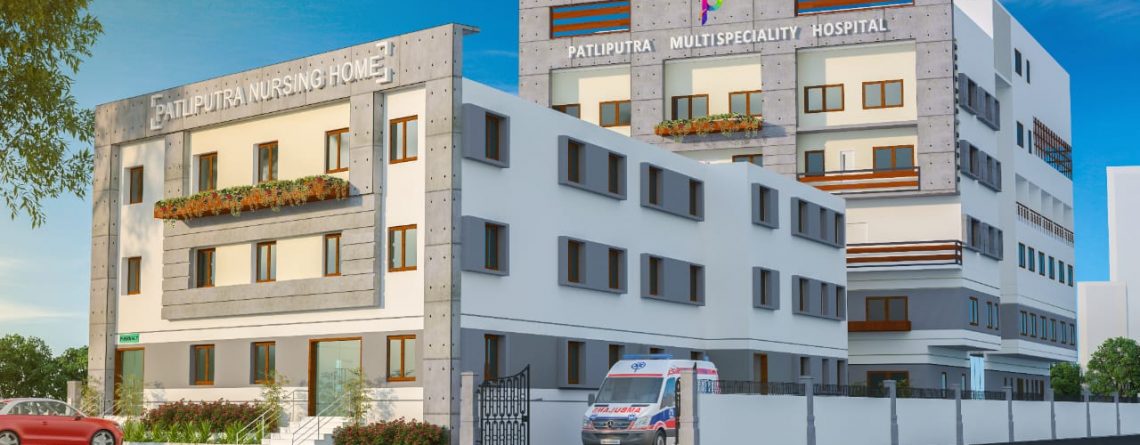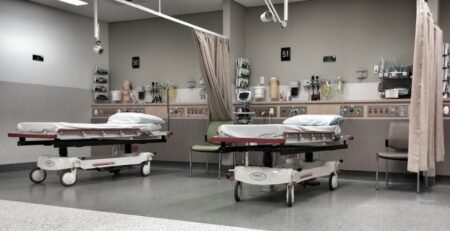Think big , Start Small, Scale Fast
This article discusses methods to analyse the benefits, and performance related to midsize hospital facilities.
The results of this article will enable a better understanding of the significant performance gains of mid size hospital set ups vis a vis large size hospitals.
HOSPITAL SIZE & TYPE OF CARE
- Mid-size : 70- to 100-bed hospitals
- Their top USP: Affordable healthcare
- Other USP: They are located within neighbourhoods, unlike bigger hospitals which are concentrated mainly in densely urbanised areas
- Trend: They seem to be replacing nursing homes that were once the mainstay of a city’s health-line
CHALLENGES:
One big unit , or multiple smaller units
It is difficult to sustain nursing homes, both in terms of infrastructure and staff.
Nursing homes are bound to shut down as people with insurance prefer to go to bigger hospitals.
Also, doctors running nursing homes no longer want to take any risk and fear they will have to pay a heavy price if something goes wrong.
OPPORTUNITIES:
The mid-size hospital segment is considered the emerging segment in India due to its expected role in expanding health services to the farther reaches of the country. While 3/4th of India stays in villages, healthcare services are concentrated mostly in urban areas. To bridge this gap and make quality healthcare services affordable and accessible in semi-urban and rural areas, a chain of mid-size hospitals is a good option.
Now, mid-sized entities-or mini-hospitals with 70 to 100 beds each-are mushrooming across the city’s suburbs and satellite towns. From eye care to laparoscopic surgery to orthopaedic procedures, these smaller hospitals offer families the option to seek healthcare right next-door. Given the exorbitant real estate prices, it is easier to set up a 50-70 bed hospital in a suburb that is otherwise short on healthcare options.
RISE OF MID SIZE HOSPITALS:
Experts say health insurance is one of the reasons for the proliferation of mini- hospitals. The majority of people who have medical insurance have a basic health cover upto 2-3 lakhs. They don’t want to go to public hospitals, but cannot afford a five-star hospital either. These volumes of patients are looking for affordable healthcare. The lower to middle classes are a big pool and they prefer private healthcare. Nursing homes are no longer sought after due to the popularity of insurance. People want to go to hospitals that are generally better equipped than nursing homes.
An ideal business model for a mid size hospital should be based on low costs and high volumes, which can help hospitals become profitable within first two years of establishment. If you operate at a much higher volume of patients than traditional players, you can spread your fixed costs over a larger number of customers.
REDUCE COST & IMPROVE PERFORMANCE
- Leasing the facilities
- Outsourcing laboratory and canteen services and
- Partnering with specialty set ups such as: paediatric hospitals for neonatal treatment requiring intensive care instead of building this infrastructure in-house
- Exploit the benefits of a network by setting up multiple hospitals in a city, allowing hospitals to share expensive resources such as ambulances, administrative staff and other back-end processes
- Performs annual health checks, as a part of preventive healthcare services, to maximize the utilisation of laboratory and diagnostic equipment.
This helps you in following ways:
- Keeping your projects initial capital cost low
- Reducing the operating expenses involved in hiring full-time paediatricians and paediatric nurses.
- Low cost of building and maintenance
- This high-volume, focused model allows your hospital to charge lesser which could be half of the cost of the big private hospitals in the neighbourhood
- This low cost business model will play a crucial role in driving hospitals in Tier 2 & 3 cities towards sustainability through special emphasis on manpower management, asset management, marketing and quality assurance.
When the question arises about the performance of the mid-size hospitals, a great emphasis has to be placed on the need for introducing professional management systems with focused training inputs for ensuring patient safety and quality issues.
CONCLUSION:
THINK BIG, START SMALL, SCALE FAST





Leave a Reply